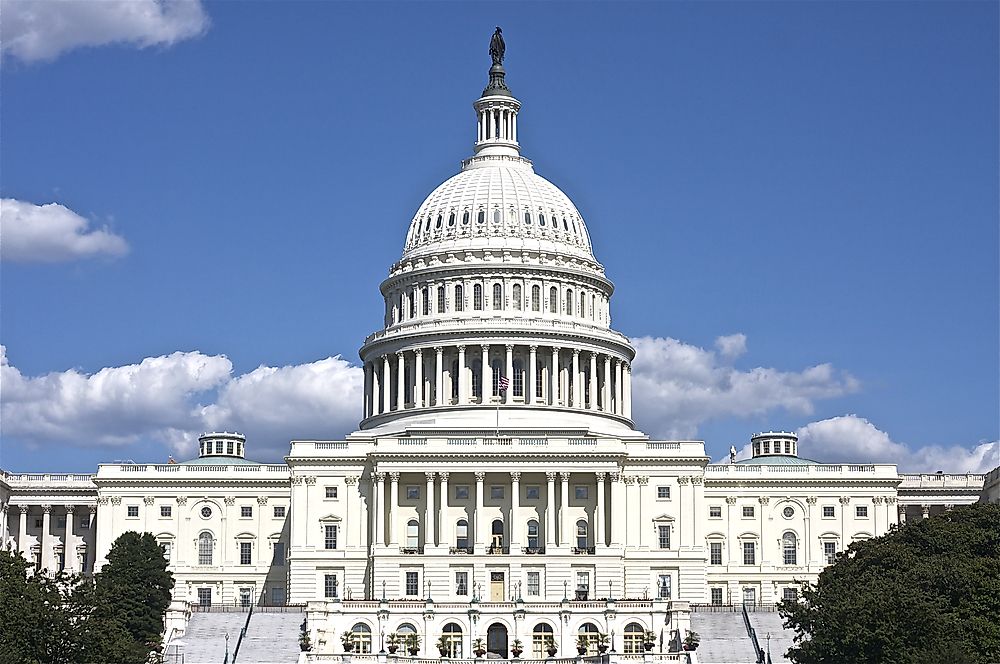At 12:01 a.m. on October 1, 2025, the U.S. federal government officially shut down after Congress failed to pass a funding bill. This marks the first shutdown since the historic 35-day standoff of 2018–2019. The impasse stems from disputes over healthcare subsidies, Medicaid cuts, and spending priorities, leaving millions of Americans uncertain about the days and weeks ahead.
While politicians battle over budgets, the shutdown has real-world consequences for federal workers, families, travelers, small businesses, and the broader economy. Here’s a breakdown of what’s happening, who’s affected, and what to expect next.
Why the 2025 Shutdown Happened
The Senate rejected a short-term funding bill in a 55–45 vote, with Democrats blocking Republican proposals to cut healthcare programs and Republicans rejecting Democratic efforts to extend Affordable Care Act (ACA) protections.
President Trump has framed the shutdown as an opportunity for fiscal reform, while Democrats accuse Republicans of targeting low-income Americans and essential services. With neither side backing down, the shutdown’s length remains uncertain.
Impact on Federal Workers and the Military
Federal employees and contractors are once again caught in the middle.
- Furloughed Workers (750K–800K): Placed on unpaid leave, barred from working, and reliant on savings or unemployment benefits.
- Essential Employees (~1M): TSA, FAA, and other frontline staff must continue working without immediate pay, risking burnout and service delays.
- Military & Veterans (2M personnel): Active-duty troops are still paid through prior-year funds, but Pentagon civilian staff face furloughs. Some veterans’ services, such as hotlines and benefits processing, are disrupted.
Bloomberg Economics estimates unemployment could rise by 0.3% if the shutdown lasts three weeks.
Public Services and Programs: What’s Open, What’s Not
Not all government programs stop during a shutdown. Mandatory programs like Social Security, Medicare, and Medicaid continue, but many discretionary services are paused. Here’s how it breaks down:
- Social Security & Medicare: Payments continue, but new applications and verifications are delayed.
- SNAP/WIC (Food Assistance): Funded through October, but risks disruption if the shutdown extends.
- National Parks & Museums: Trails remain open but unstaffed; visitor centers closed. Tourism losses could reach $1.5B per week.
- Air Travel: TSA and FAA staff remain on duty, but expect longer lines and potential delays due to limited support staff.
- Healthcare & Research: FDA food inspections and new drug approvals are halted; NIH suspends new patient admissions.
- Immigration & Courts: Essential enforcement continues, but civil and immigration court hearings are postponed.
- IRS, Passports & Loans: Refunds delayed, no new small business/student loans, and visa/passport processing stalls.
- Economic Data: Critical reports, including jobs and inflation numbers, are paused—adding uncertainty to financial markets.
Broader Economic and Social Consequences
Shutdowns don’t just disrupt government—they ripple across the entire economy.
- GDP & Markets: Each week could cut 0.1–0.5% off GDP growth, costing $1.5–$6B in lost activity. Stock volatility is expected, with gold and cryptocurrency gaining as “safe havens.”
- Local Economies: Communities near federal hubs, especially Washington D.C., feel the immediate hit as furloughed workers reduce spending. Tourism-heavy regions also suffer.
- Credit Ratings & Trust: Prolonged shutdowns risk another U.S. credit rating downgrade, erode public trust in government, and slow disaster relief and environmental protections.
What Happens Next?
Historically, U.S. government shutdowns last an average of 8–10 days, but this one could extend longer without bipartisan compromise. Lawmakers must eventually pass a continuing resolution that clears the Senate’s 60-vote threshold. Until then, millions of Americans will feel the strain of delayed paychecks, closed services, and mounting economic uncertainty.
Final Takeaway
The 2025 U.S. government shutdown is more than a political standoff—it’s a disruption that impacts everyday life, from air travel and food safety to small business loans and family budgets. Whether you’re a federal employee, a business owner, or simply planning a trip, staying informed is key.
For updates, check resources like USA.gov or your congressional representative’s official site.
👉 Question: How is the shutdown affecting you or your business? Share your experience below—I’d love to hear your perspective.


 Facebook
Facebook
 X
X
 Pinterest
Pinterest
 Copy Link
Copy Link


